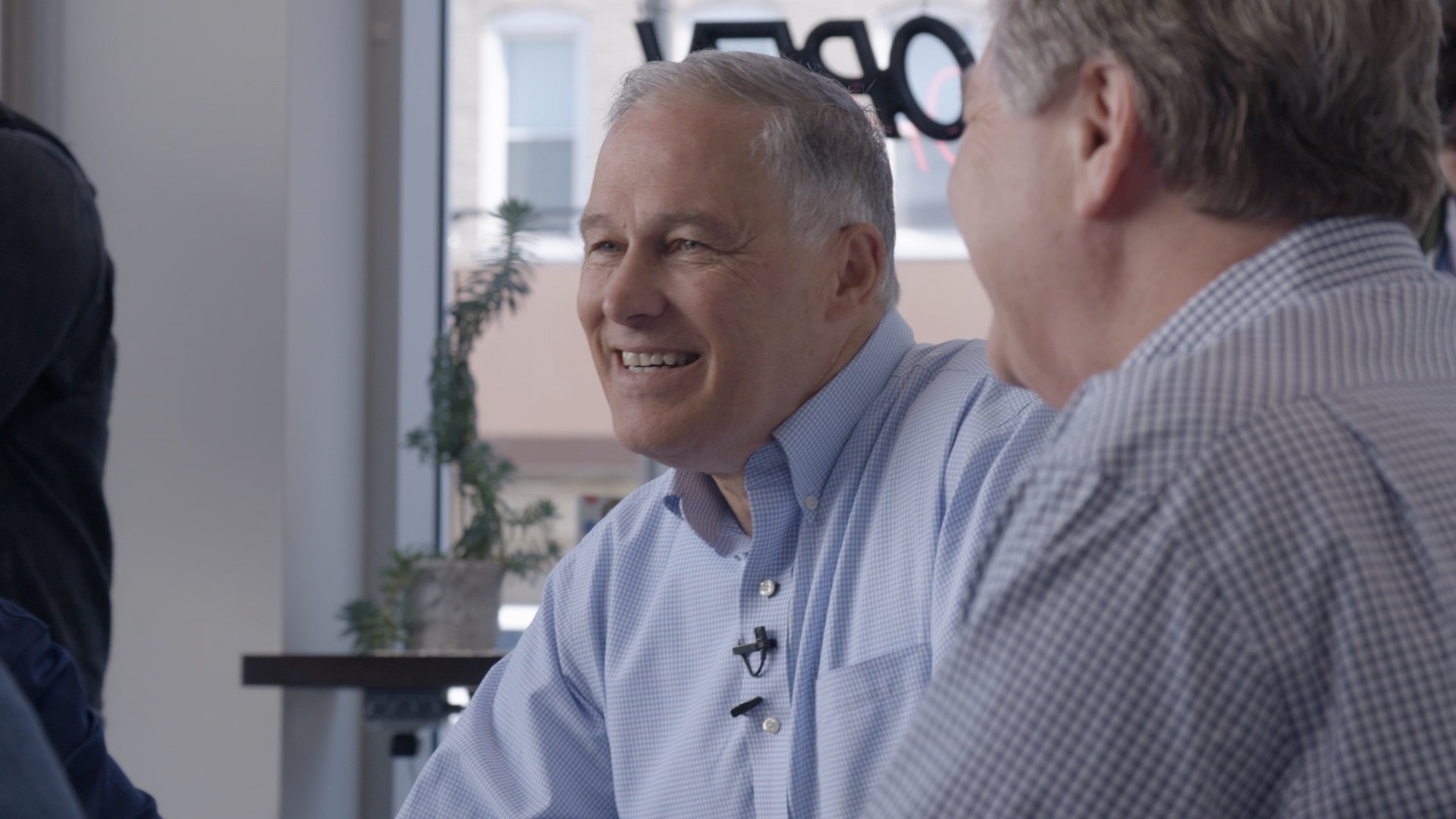Want the best of VICE News straight to your inbox? Sign up here.The wildfire raging through the Everglades has nearly doubled in size since lightning ignited the flames two days. At 33,500 acres, as of Wednesday morning, it’s currently the largest fire in the Florida wetlands since 2011, according to state officials. And it’s only 65% contained.That sounds bad. But the fire is actually a key way the Everglades maintains its ecosystem — and, ultimately, keeps climate change at bay.The big concern with a wildfire this size is that the flames will creep into places where people live. Smoke can affect air quality in areas around the fire, and fire officials are warning motorists to be careful as they drive through the area. But for now, the fire burning in west-central Broward County near I-75 (a section of road also known as “Alligator Alley”), isn’t expected to burn through any cities or towns.The other concern is that climate change — or the world heating up and causing drier conditions — catalyzed the fire. But it’s more likely that development around the area and the historic draining of the marsh to create arable farmland played a larger role than global warming.“In parts of the world there’s a well-documented climate change signal in fire activity despite all the other complicating factors,” said Robert Field, an associate research scientist at Columbia University who studies the connections between climate change and wildfires. “This fire just doesn’t seem like one of them.”In fact, fire is a natural part of the Everglades’ ecosystem, which is a carbon sink capable of holding down huge amounts of carbon in its peat soil.“If marshes don't burn they turn into forests eventually,” said Mark Clark a wetlands specialist at the University of Florida’s Institute of Food and Agricultural Sciences. “And this one is within a conservation area, so it's actually a good thing to be happening. Fire is an important component of the ecology.”Historically, humans haven’t been the biggest fans on swamps: They’ve been seen as wellsprings of disease that are best drained — as President Donald Trump has so often called for, even if only metaphorically. But if those swamps were to drain, the carbon they’re holding would end up in the atmosphere and contribute to global warming. The value of keeping the carbon held in the Everglades was between $2 billion and $3.4 billion, a 2017 study found.The amount of carbon stored in the Everglades may not make a dent relative to the carbon emissions from fossil fuels, but it’s not insignificant. And globally, these types of ecosystems hold tons of carbon that needs to stay in the ground. A 2017 study found that all wetlands in the U.S. store about four years’ worth of U.S. carbon emissions from fossil fuels.The Everglades are a maintained conservation area today, but that hasn’t always been the case. Since the beginning of the 20th Century, Floridians have dredged up the marshes to create arable farmland.In 1924, researchers at the University of Florida’s Everglades Research Education Center stuck a nine-foot post into the soil and drove it down until it hit bedrock. At the time, the top of the post was level with the surface of the soil. By 2009, only about three feet of the post were still underground: The soil had been drained of so much water that the ground had dropped by a full six feet.By Clark’s estimate, between 1915 and 2003, some .5 gigatons of carbon have been released into the atmosphere from the Everglades. That’s equivalent to the total carbon emissions from the burning fossil fuels in either Mexico or Brazil in 2017.The current fire in the Everglades is burning up sawgrass, a grass-like green stalk with serrated edges, which can grow up to nine feet tall. If the fire burns straight down the stalks of sawgrass and scorches the peat soil, that would send the stored carbon back into the atmosphere. But sawgrass marsh is usually inundated with water, and as long as there’s enough vegetation, the peat won’t burn off.The fire will, of course, also emit carbon as it burns — but that carbon will be reabsorbed as the sawgrass regrows, which it will do fairly quickly.With rains over the course of the last few weeks in Florida, water levels in the marsh are at normal levels, according to Randy Smith, a district spokesperson for the South Florida Water Management District. “There’s plenty of water, about three feet in that area,” Smith said. “That’s decreasing the chances of the actual muck catching on fire.”The last fire in 2011 scorched about 30,000 acres, and the Sawgrass Fire, as the fire that broke out on Sunday has been dubbed, is already larger. But even at this point, the blaze isn’t way bigger than experts expect.“At present, the scale is not unusual,” Clark said. “At least with this particular fire, it does not appear to me to be tied to climate change.”To avoid fires, wildlife officials in state will often conduct “controlled burns” — or set fires on purpose to keep the ecosystem from building up too much flammable sawgrass and keeping natural wildfires from getting out of control But it’s unlikely that more controlled burns would have prevented a fire of this size from breaking out.“Fire in the southeast is different from out west, in that there’s a lot more prescribed burning for maintaining plantation forestry,” Field said. “Knowing in the end what’s the ideal amount of [burning] is a tough question.”So don’t worry too much about the Everglades burning this time: It’s actually fine. Cover image: Photo courtesy of the Florida Forest Service
Cover image: Photo courtesy of the Florida Forest Service
Advertisement
Advertisement
Advertisement
Advertisement
